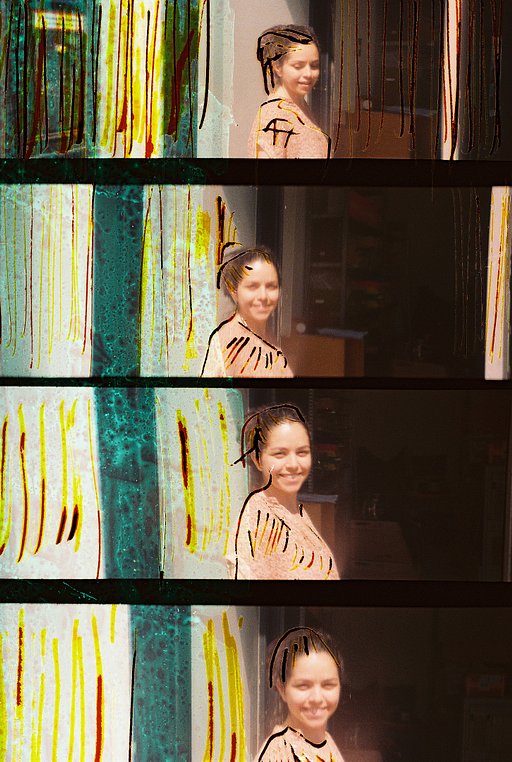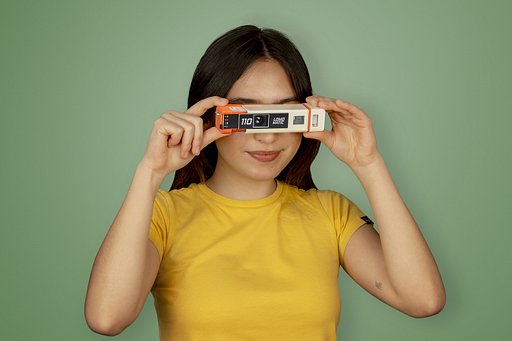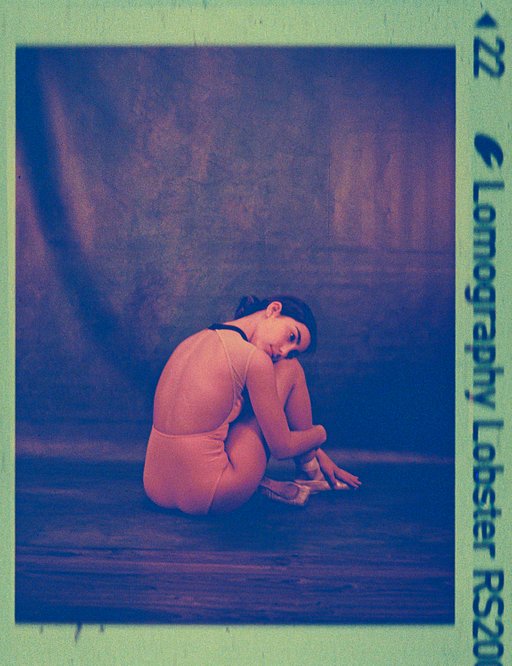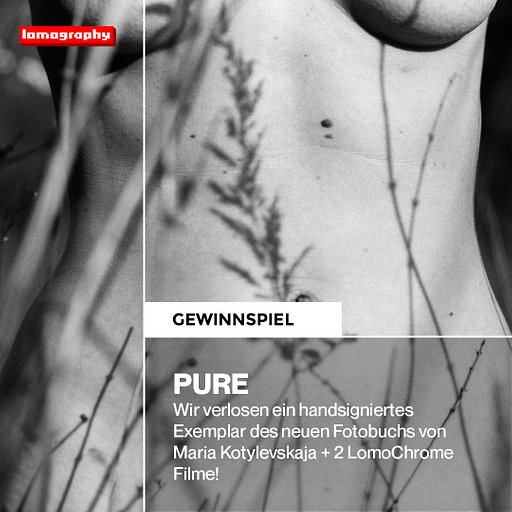Kodak EIR Infrared (35mm, 100 iso) user-review
15 16 Share TweetIt’s out of this world! Do you like colours? Do you like infrared? Well, get ready for Velvia on LSD: Kodak EIR will capture the infrared and give you the craziest of colours.
It’s out of this world! Do you like colours? Do you like infrared? Well, get ready for Velvia on LSD: Kodak EIR will capture the infrared and give you the craziest of colours.
Kodak EIR is a (false-) colour infrared transparency film. But what does false-colour infrared mean? Well, since the human eye cannot see infrared light, infrared must be represented by a colour visible to the human eye – on EIR infrared is reproduced as red, red light is reproduced as green, and green is represented as blue. But what about blue light? All three layers are sensitive to blue light so you’ll need to use a yellow filter to cancel the blue (mostly, a lot prefer an orange filter when shooting people.)
To get the best results you have to shoot EIR outside in bright daylight with the ISO set to 200 (if you are going to develop it in E-6 or C-41.) But since your basic light meter won’t measure infrared light you need to bracket to be sure to get decent exposures.
Kodak EIR is supposed to be developed in AR-5 chemicals for most accurate results (if you plan to do this you need to set your camera to an ISO of 100 for bright daylight photography), but since the AR-5 process isn’t standard, you can also use E-6 chemicals for stronger contrast and more saturated colours. You can even cross process it in C-41 to get weird low-saturated results (see a cross-processed EIR picture by Ursula Pfitzer here.)
No matter how you process your film the results will be psychedelic. Plants and foliage which reflects a lot of infrared light, will be red or magenta, while skies will be bright blue and occasionally something bright yellow pops out of the picture. The results are out of this world!
Since this film is no longer in production it is quite hard to get a hold of. Try Ebay or ask your local photo studio if they have some EIR lying around. Alternatively you can buy 70mm Aerographic film (almost identical to the film made by Kodak as an aerial film. This film is rated at ISO 400) trimmed down to 120 format here:http://www.tarquinius.de/.
geschrieben von larslau am 2008-11-21 in #Ausrüstung #infrared #35mm #review #filters #eir #aerographic-film #kodak

























15 Kommentare